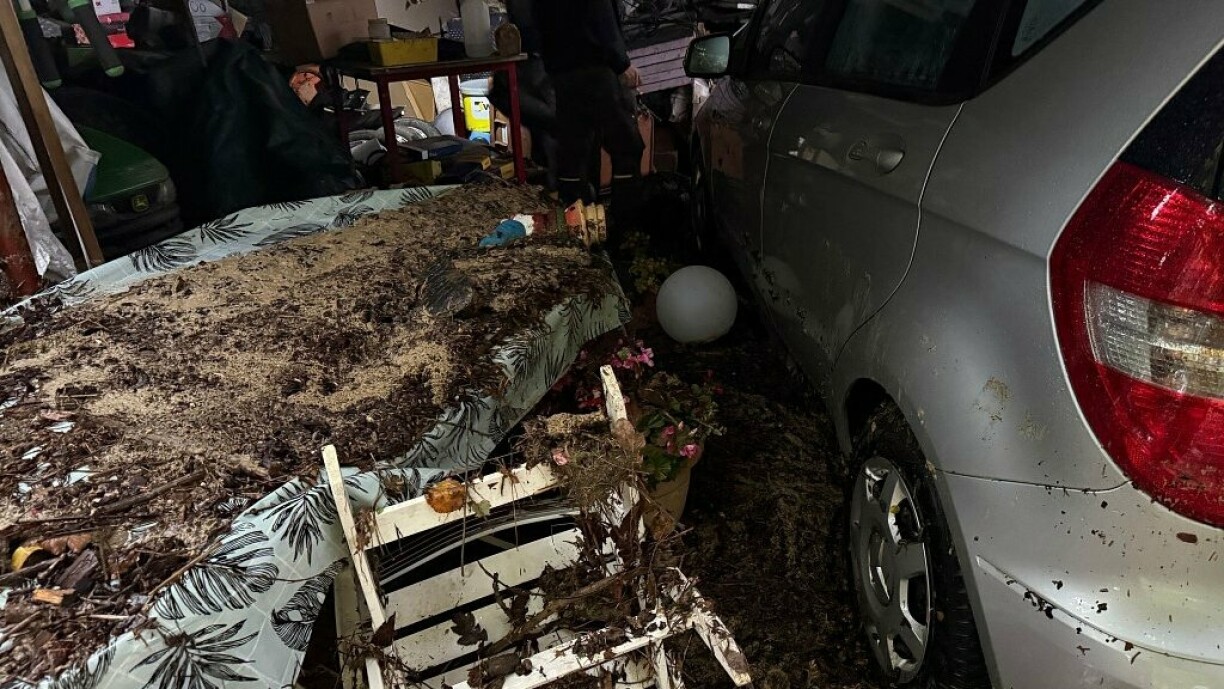
Following the recent floods, many residents are seeking guidance on how to proceed with insurance claims. The Association of Insurance Companies (ACA) has provided a clear directive: policyholders who have suffered damage should contact their insurance company immediately.
The severity of the situation is evident in photos from across the country, which show a spectrum of destruction ranging from minor damage to major personal disasters. To clarify the best course of action, our colleagues from RTL.lu spoke with Marc Hengen, Director of the ACA.
Hengen explained that standard water damage insurance does not cover these events. Instead, a specific “Flood Insurance” policy, introduced in 2017, is designed for such incidents. “This isn’t a case for standard water damage insurance, but for flood insurance, which was adapted after it became clear that we would be facing more frequent, very heavy and regionally specific rains, as was the case last night,” he stated.
Regarding the extent of coverage, Hengen detailed the agreed-upon minimums based on a property’s location. “For normal areas, the minimum was €250,000. And for flood-prone areas, the minimum was €20,000,” he said, referring to the package negotiated between the ACA and the Ministry of Finance. He also noted that individual insurance companies may offer policies with higher coverage limits than these minimums.
For those with damage, the ACA strongly advises against waiting for water to recede or for a full damage assessment before contacting an insurer. Affected persons should notify their insurance company or agent promptly by email or phone.
“It is important to notify the insurer quickly [...] A brief contact is enough to open a file and ensure follow-up,” Hengen explained. He also recommended taking photographs of the damage and damaged items to expedite the financial settlement. This initial contact is crucial, even if clean-up operations are still ongoing.
Policyholders with the supplementary flood insurance are thus reminded that they are covered for such events, and prompt reporting is the first step to activating that coverage.